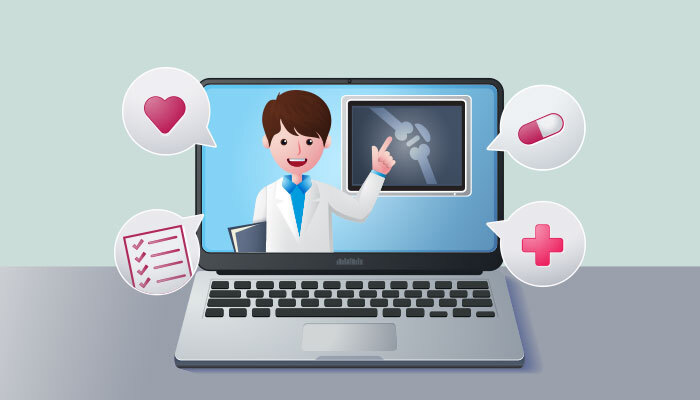Telehealth, often known as telemedicine, is the delivery of medical treatment and healthcare services across a long distance. Telehealth has been available to certain patients for decades, but technological advancements have allowed healthcare professionals to broaden the scope of telehealth services they offer.
Healthcare professionals have been able to greatly expand the reach of telehealth since many patients now have access to a smartphone or tablet as well as WiFi.
Telehealth software solutions have also made it considerably easier to deliver telehealth services, benefiting both healthcare practitioners and patients.
Types of Telehealth Platforms
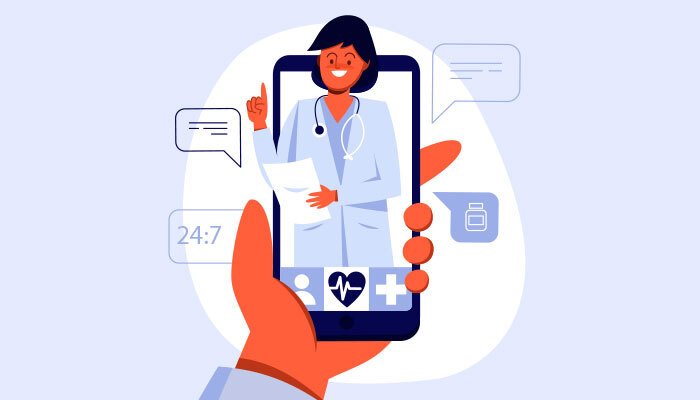
Telehealth takes several forms, each motivated by the desire to communicate with patients regardless of their location.
Telehealth is the collecting and sharing of health data, as well as communication between caregiver and patient. Because of this broad definition, there are several forms & you must choose the telehealth platform carefully. Some of the most popular types of telehealth platforms are as follows:
Remote Patient Monitoring
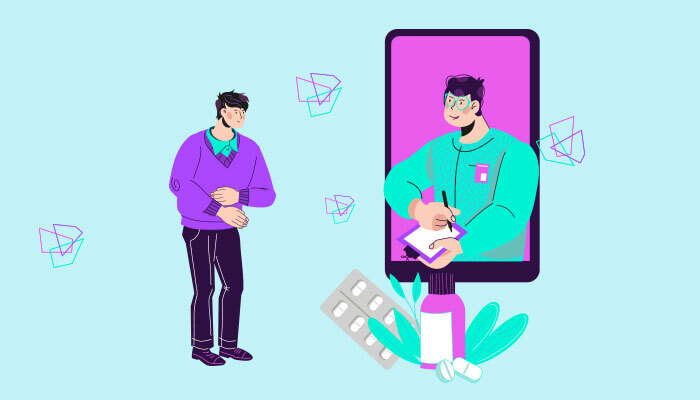
Remote Patient Monitoring (RPM) allows clinicians to remotely record and monitor a patient’s health data. It collects vital signs using technological gadgets in order to monitor a patient’s status.
RPM is typically advised for people suffering from chronic conditions such as diabetes, asthma, and cardiovascular disease. RPM has the benefit of providing regular monitoring at a lower cost. State laws govern telehealth reimbursement and remote patient monitoring.
Store & Forward
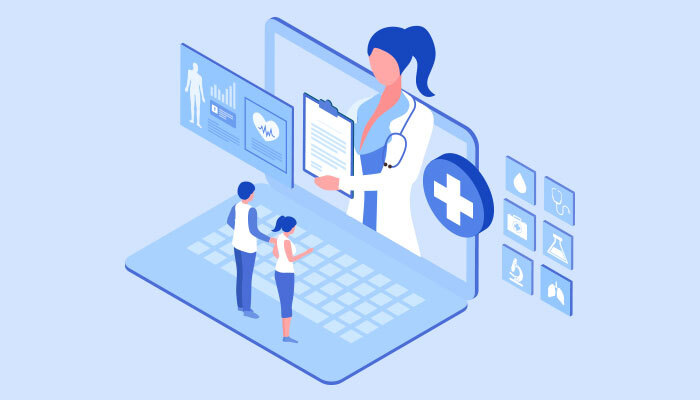
Store-and-forward is another important reason for telemedicine’s existence is telehealth. Store-and-forward telehealth improves access to patient information and medical data over long distances.
Medical data, such as photographs, test results, bio-signals, lab reports, and large papers, can be captured and communicated across long distances.
Furthermore, this approach does not need the simultaneous attention of the giving and receiving parties. The data can be provided and received at different times and locations. A caregiver can gather the data, upload and submit it, and then leave the data for subsequent evaluation by another provider.
Medical Imaging
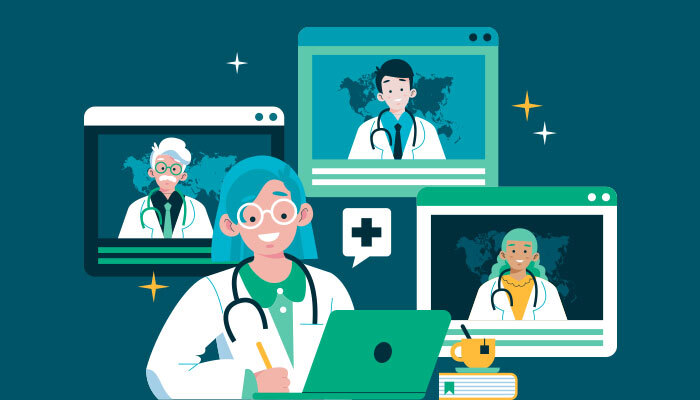
Modern telehealth technology expedites the transfer of X-rays, scans, and other pictures across sites. By sharing these photos, any licensed radiologist linked to the system can evaluate them at any moment.
As a result, patients are no longer at the mercy of their local radiologist for picture assessment. Many companies have contracts with radiology networks around the country to evaluate pictures remotely as needed.
For example, a hospital may create a picture on-site, transfer it to a cardiologist across the nation, and receive a reaction and analysis in a matter of hours rather than days or weeks.
mHealth
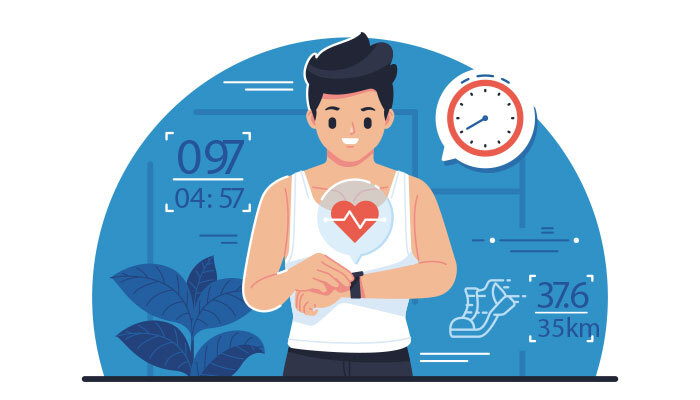
Many specialized parts of health care now benefit from continuous data collecting on a person’s behavior or condition, and smart devices may be employed for this.
Smartphones, tablets, and smart wearables like the iWatch may detect a range of characteristics such as pulse rate, heart rate, and, in some cases, blood sugar levels or expired air quality.
Apps that provide heart-rate variability ratings, sleep cycles, movement monitoring, weight fluctuations, food tracking, and much more are now available to support better lifestyles and activities. Telehealth providers propose such applications to patients/clients and include the results in their health records.
Conclusion
There are several advantages to offering telehealth services to patients, with all parties often gaining.
Patients who prefer in-person consultations can continue to do so, but many patients are discovering that virtual treatment is considerably more convenient and less expensive, with no loss in the quality of care offered.
Healthcare providers can also save money and enhance medical center processes by delivering healthcare services remotely.

TalkToMedic Admin
TalkToMedic is among the most promising commercial telemedicine solutions providers. Our solutions are robust, scalable, & can optimize day-to-day procedures and operations for individual practitioners, clinics, and hospitals. Follow us on Twitter.

